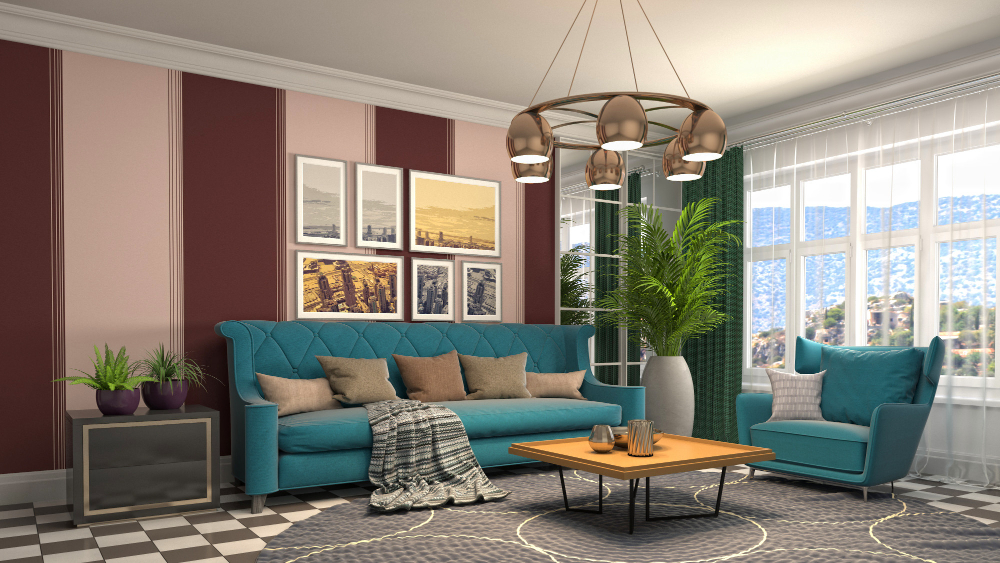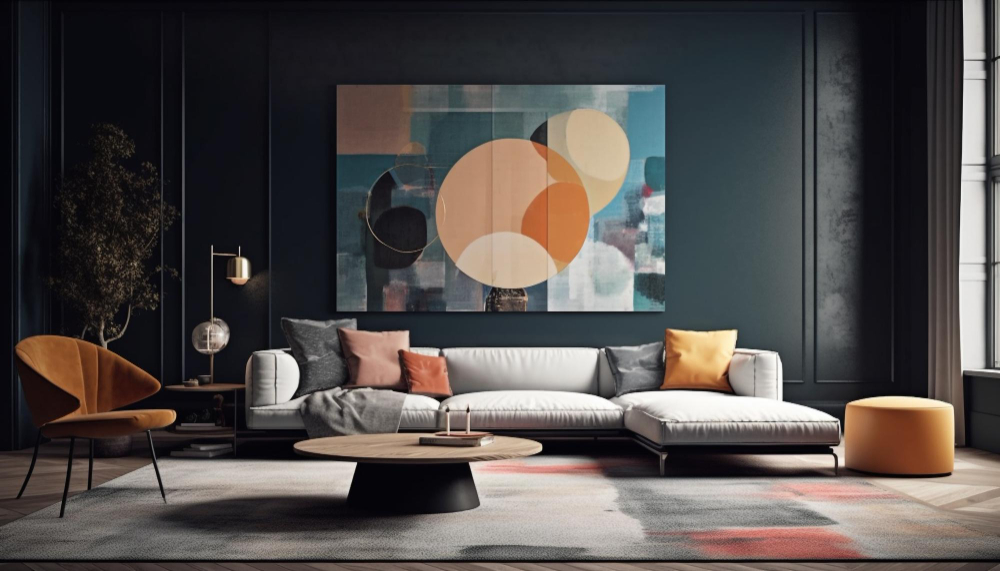Crafting Aesthetic Spaces: Key Elements of Design in Online Interior Design Programs
In interior design, creating visually appealing and functional spaces is an art form that requires a keen understanding of various design elements. Online programs offer a platform for individuals to study interior design online and master the fundamental principles of design. Through these programs, enthusiasts can explore the key elements that constitute the backbone of crafting aesthetic spaces.
Key Elements of Design in Online Interior Design Programs
Understanding Colour
Colour holds immense power in transforming the ambience of a room. Online interior design programs emphasize the significance of colour theory, teaching students how different hues evoke emotions and influence spatial perception. From the calming effect of cool tones to the vibrancy of warm shades, mastering the art of colour selection is paramount in creating harmonious interiors. Furthermore, delving deeper into colour psychology enables designers to understand how specific shades can evoke particular moods and emotions, allowing for more nuanced and intentional design choices. Through practical exercises and real-world examples, students can refine their ability to create colour palettes that resonate with a space’s desired atmosphere and aesthetic, thus elevating their design proficiency to new heights.
Exploring Texture
Texture adds depth and tactile interest to interior spaces, elevating them from mundane to captivating. Through online courses, aspiring designers learn how to incorporate various textures, such as smooth fabrics, rough stone surfaces, or glossy finishes, to add visual intrigue and dimension to their designs. Moreover, understanding the tactile qualities of different materials empowers designers to create sensory-rich environments that engage occupants on multiple levels, fostering a deeper connection with the space. By experimenting with contrasting textures and exploring innovative material combinations, students can push the boundaries of conventional design, unlocking new possibilities for creating immersive and memorable interiors that leave a lasting impression.
Balancing Scale and Proportion
Achieving balance and proportion is essential in creating visually pleasing interiors. Online interior design programs guide students in understanding how to harmonize elements of different scales within a space, ensuring that furniture, accessories, and architectural features complement each other cohesively. Additionally, honing skills in scale and proportion allows designers to play with visual weight and focal points, directing the viewer’s gaze and enhancing the overall aesthetic coherence of the space. By mastering techniques like adjusting object sizes about room dimensions and establishing clear visual hierarchies, students can infuse their designs with a feeling of equilibrium and coherence, elevating the visual appeal and practicality of the space.
Mastering Space Planning
Effective space planning is the cornerstone of functional interior design. Online programs equip learners with the skills to analyze spatial layouts, optimize traffic flow, and maximize the utility of every inch of space. Whether designing a cosy studio apartment or a sprawling mansion, mastering space planning techniques is indispensable for creating aesthetically pleasing and practical spaces.
Harnessing Light
Lighting plays a pivotal role in establishing the mood and ambience of any given room. Online interior design programs delve into lighting design principles, teaching students how to manipulate natural and artificial light sources to enhance architectural features, highlight focal points, and create dynamic atmospheres within interiors. Moreover, exploring the latest advancements in lighting technology and sustainable design practices enables designers to integrate lighting solutions that are visually striking, energy-efficient, and environmentally conscious. By mastering techniques such as layering light, creating focal points with accent lighting, and incorporating daylighting strategies, students can transform ordinary spaces into luminous showcases that captivate the senses and elevate the overall user experience.
Embracing Pattern
Patterns inject personality and visual interest into interior spaces. Through online courses, budding designers learn how to effectively integrate patterns into their designs, whether through textiles, wallpapers, or decorative accents. Understanding the principles of pattern usage allows designers to infuse spaces with character and charm, from subtle motifs to bold geometric designs.
Incorporating Line and Form
Lines and forms define the structure and visual flow of interior spaces. Online programs educate students on using lines to create movement, define boundaries, and guide the eye throughout a room. Additionally, understanding the interplay of different forms, from organic curves to geometric shapes, enables designers to craft visually dynamic compositions that captivate the senses.
Conclusion
Mastering the seven design elements is essential for aspiring interior designers seeking to craft aesthetic spaces that inspire and delight. Online programs offer a comprehensive platform for individuals to study interior design online, hone their skills, explore their creativity, and embark on a rewarding journey into the design world. Understanding the foundational principles of colour, texture, scale, space planning, lighting, pattern, line, and form through these specialized programs enables designers to unlock their creative potential and elevate mundane spaces into captivating design masterpieces. Through the structured curriculum and interactive learning modules of online interior design courses, students gain invaluable insights and practical experience, empowering them to apply their newfound knowledge to real-world design projects.


















